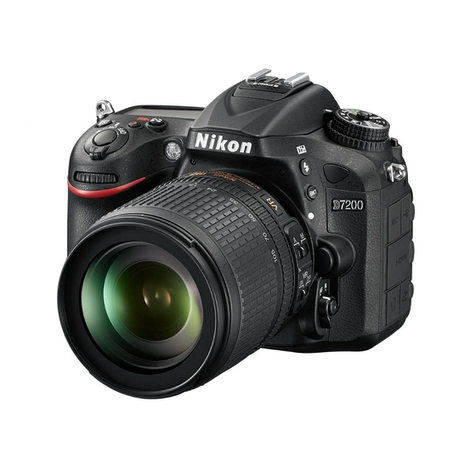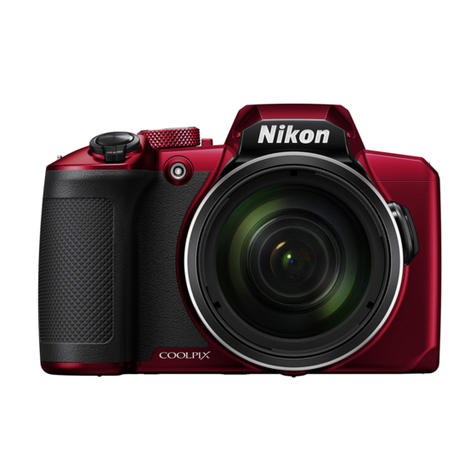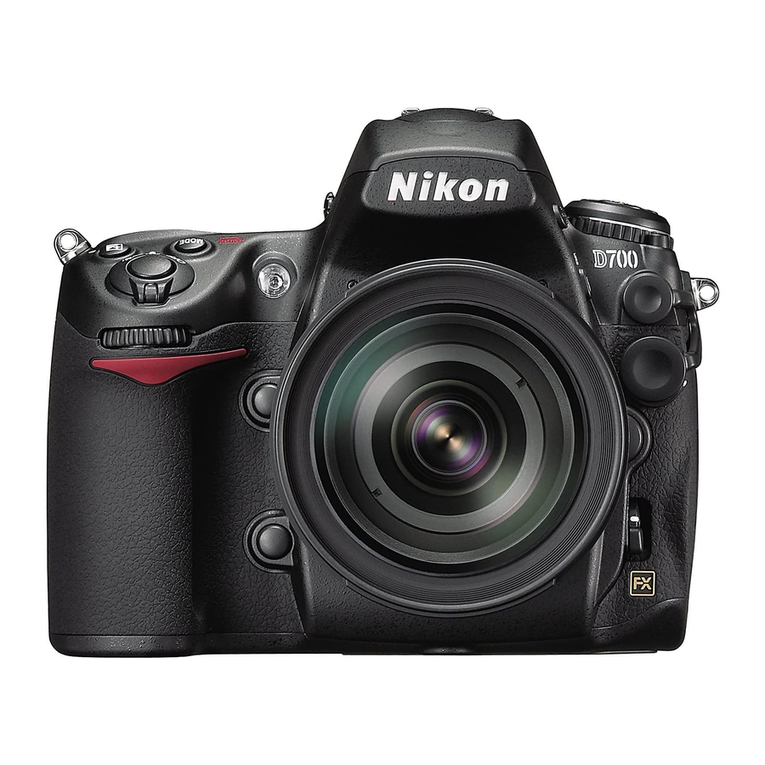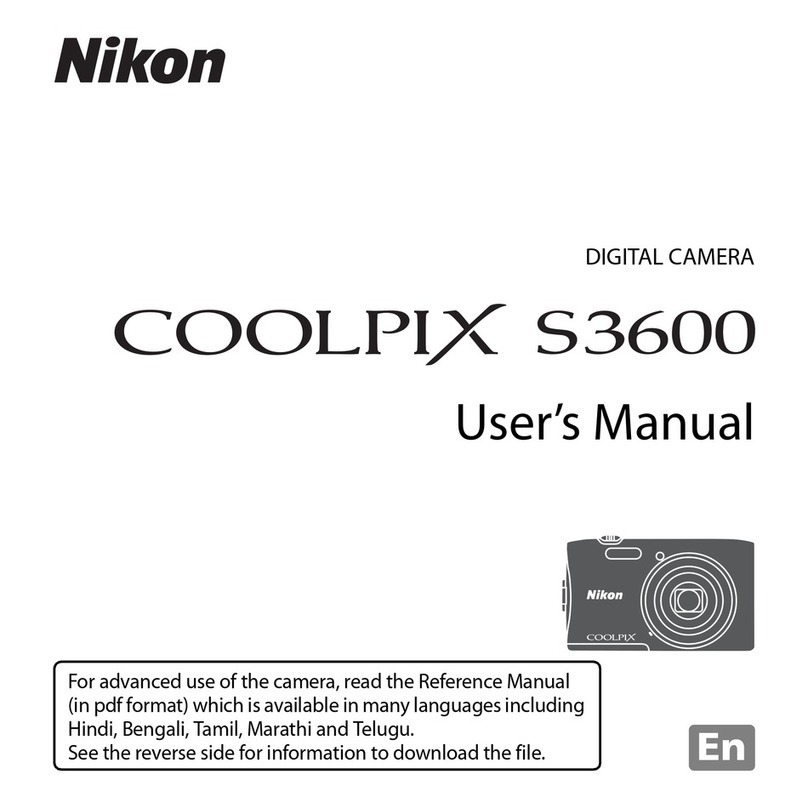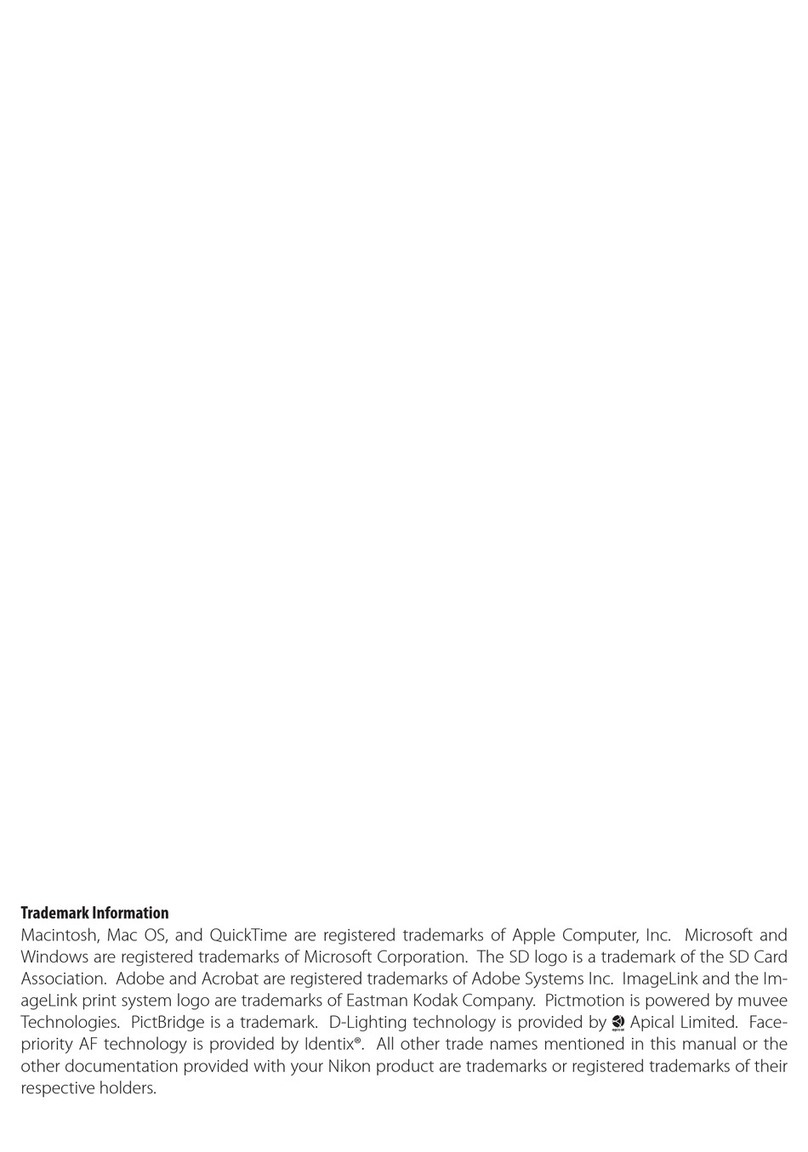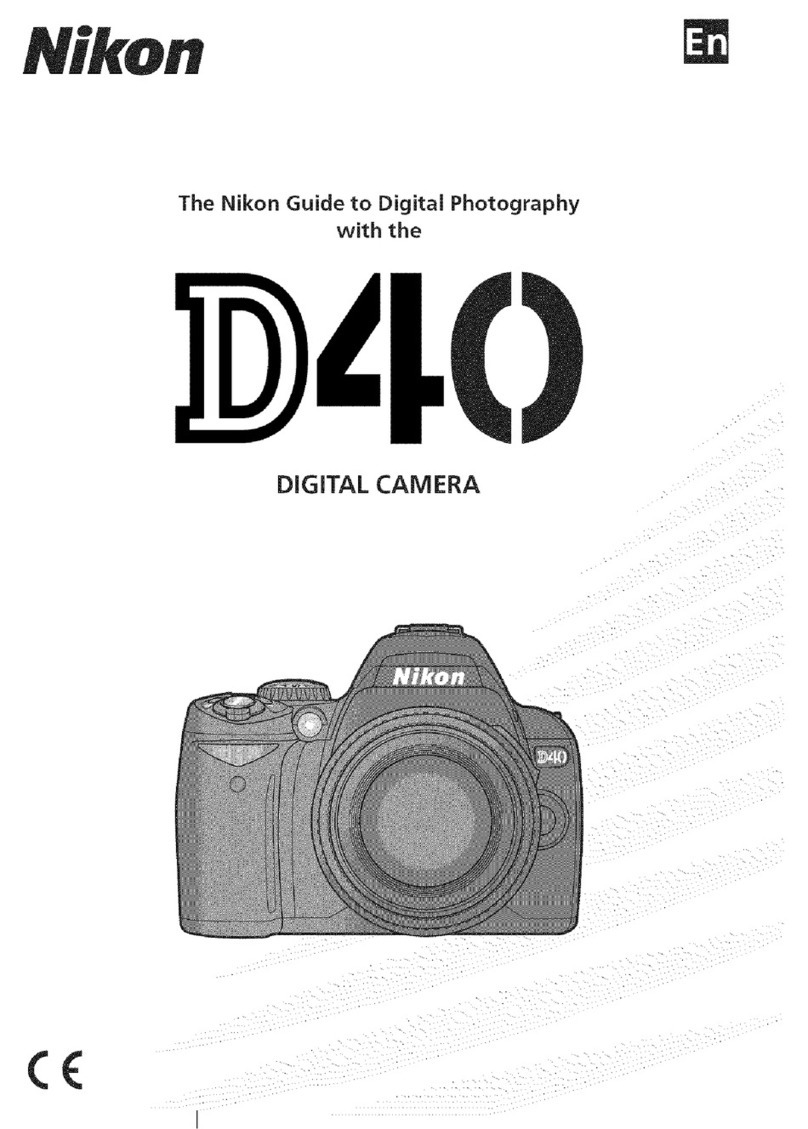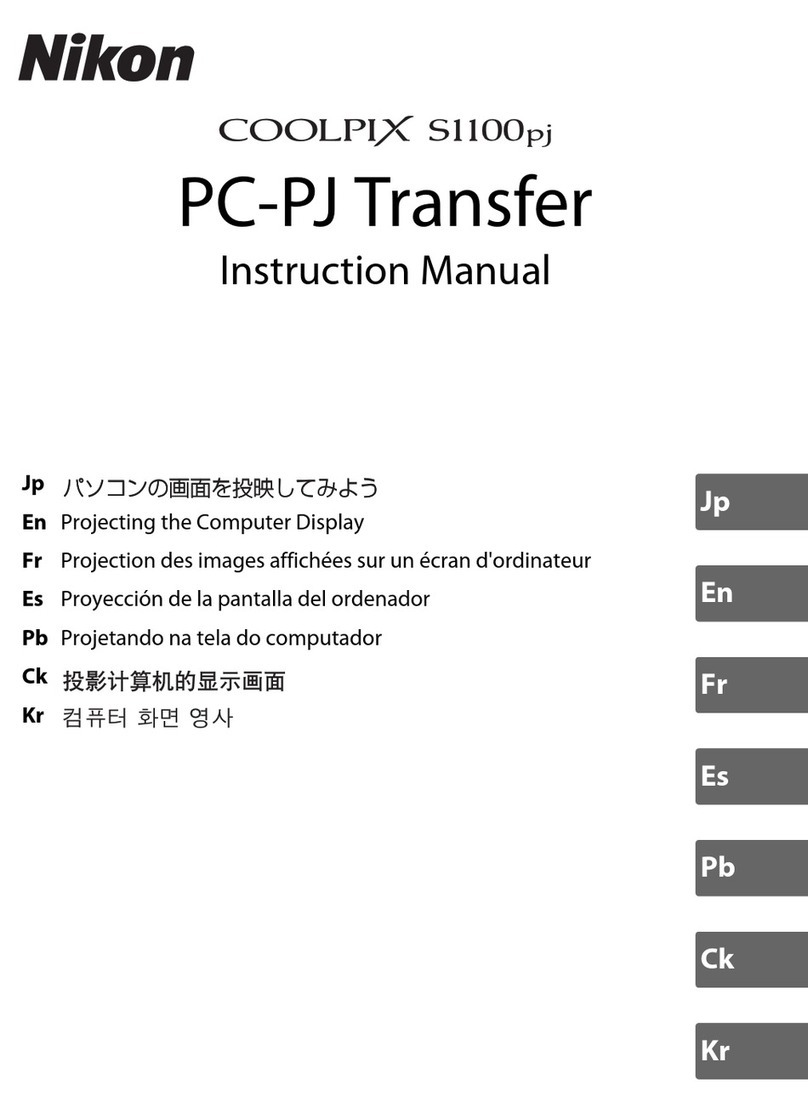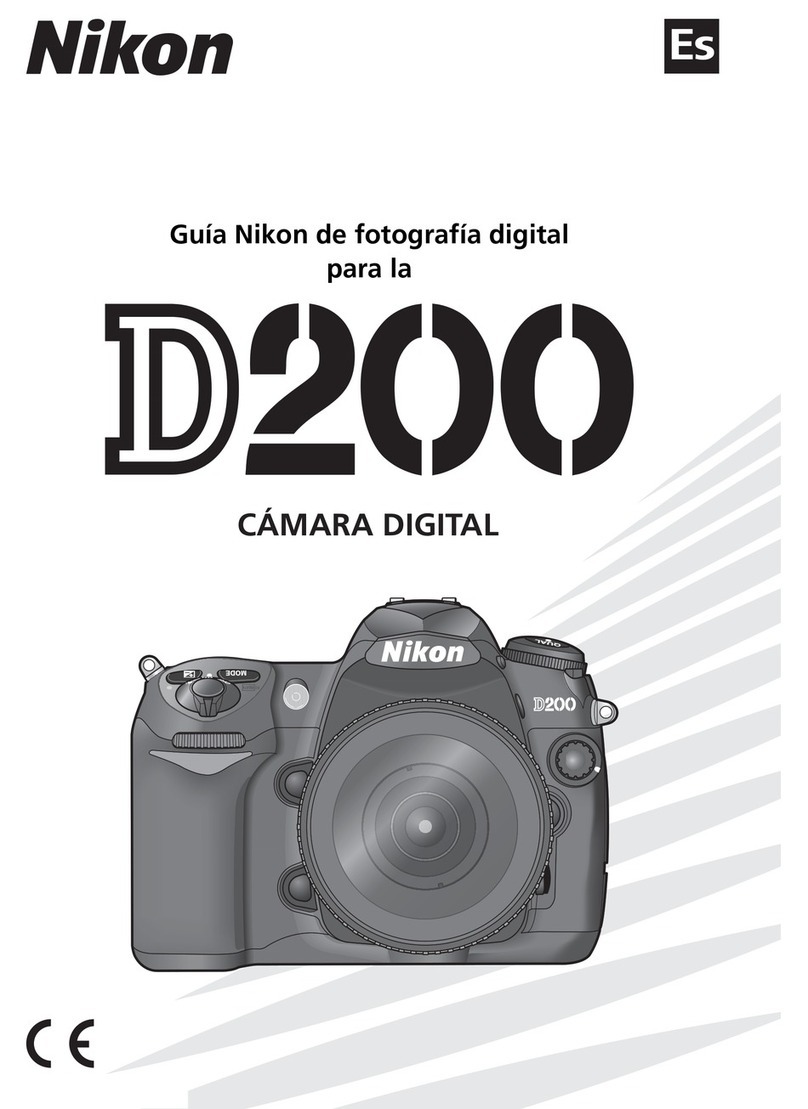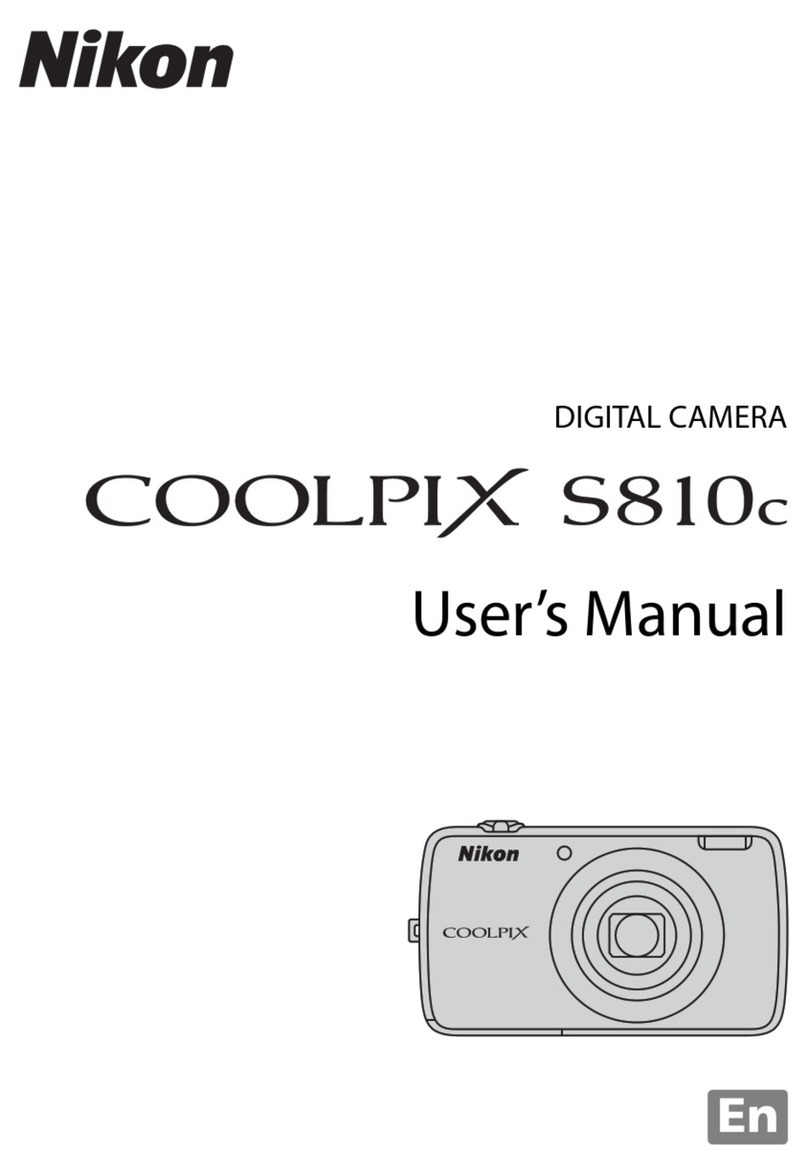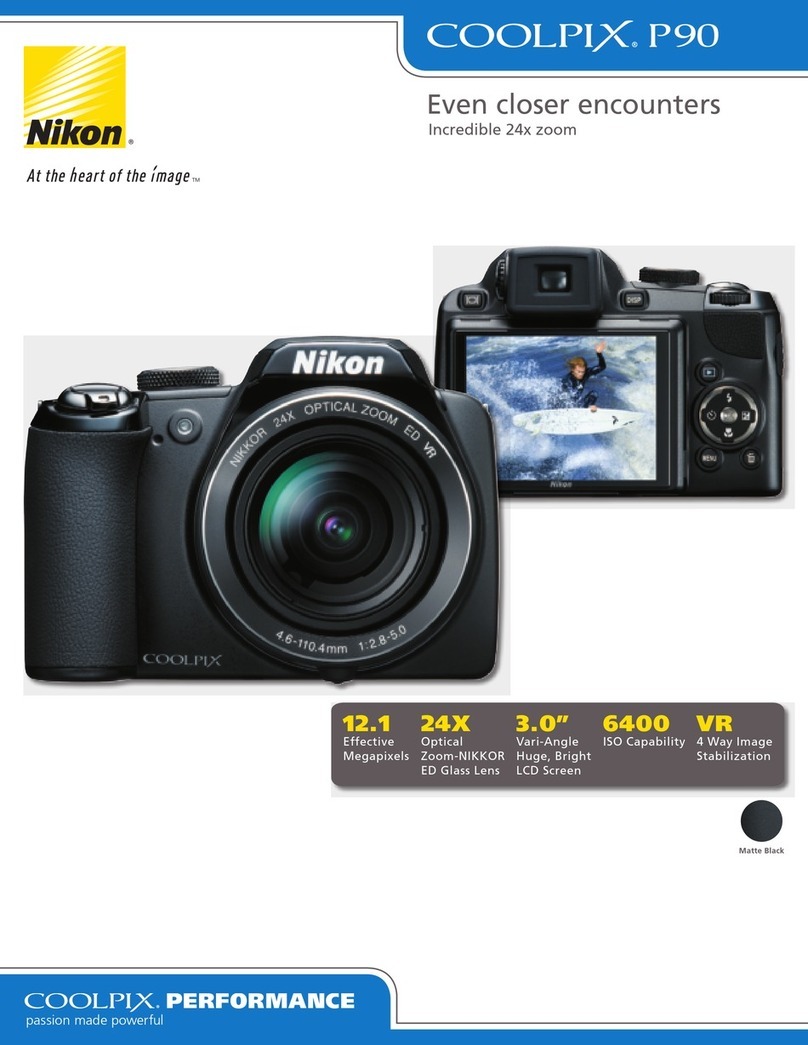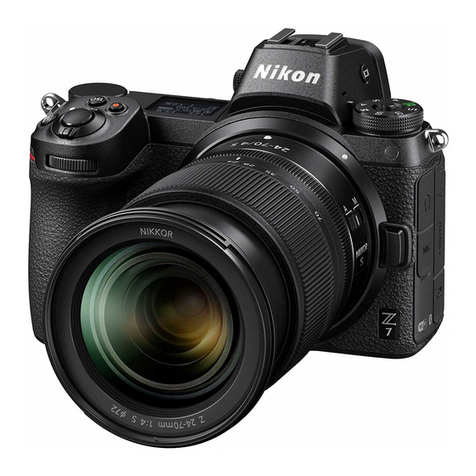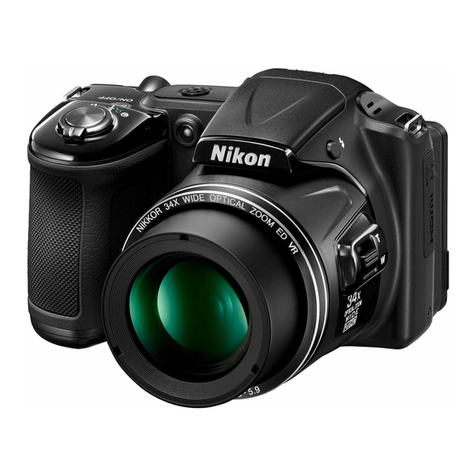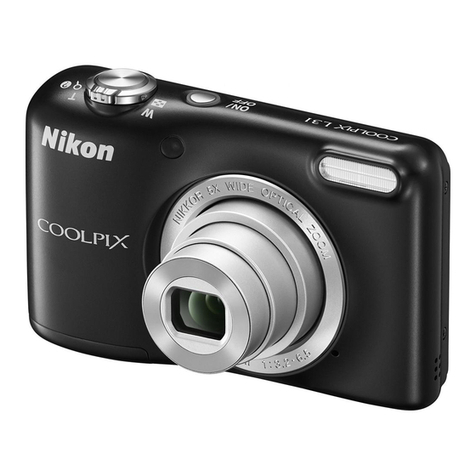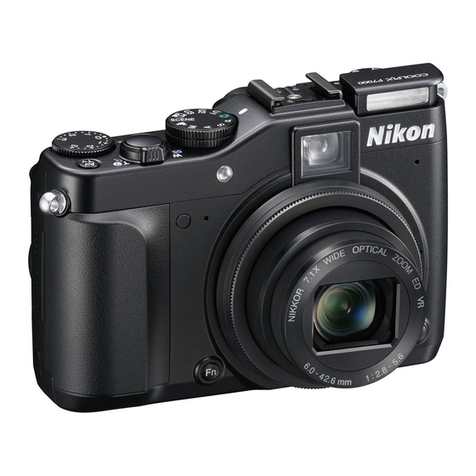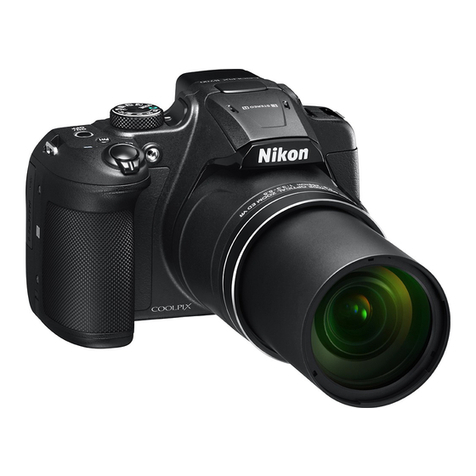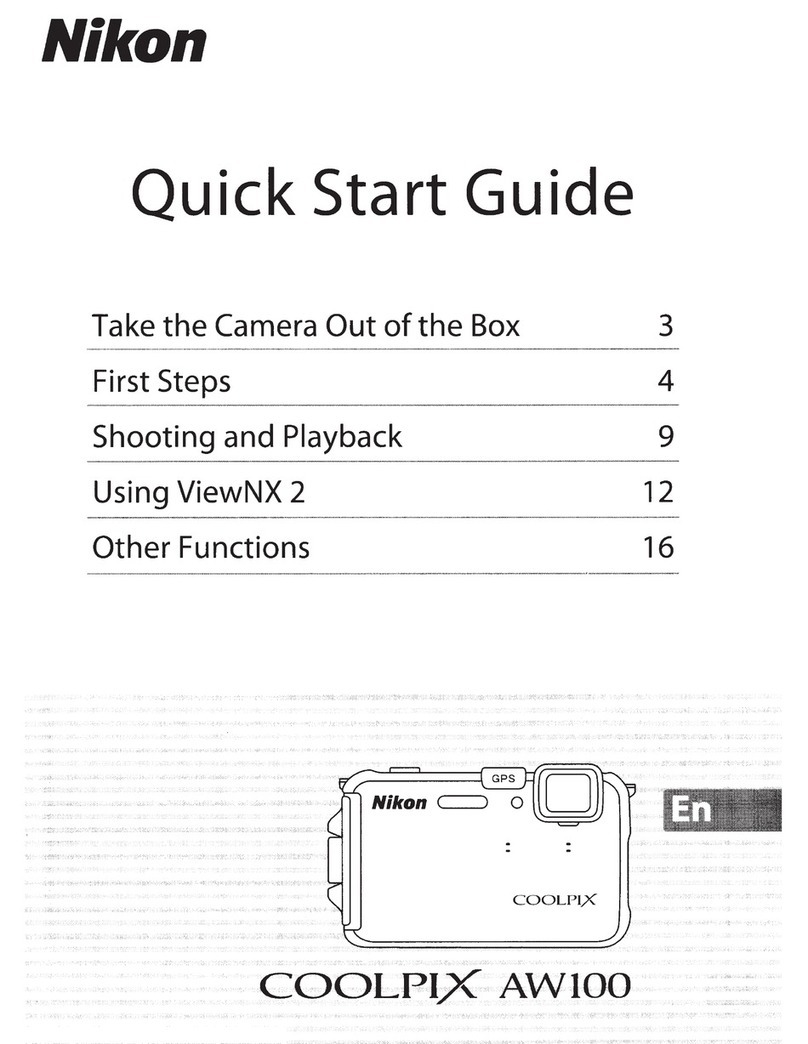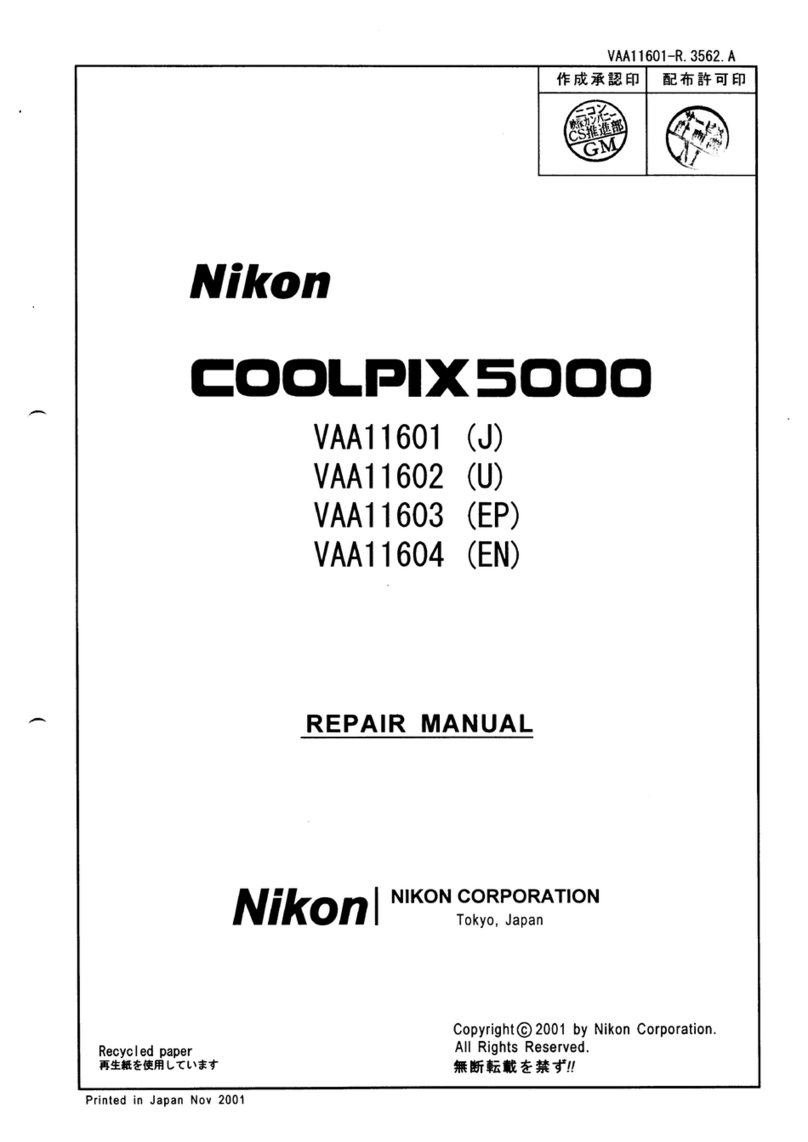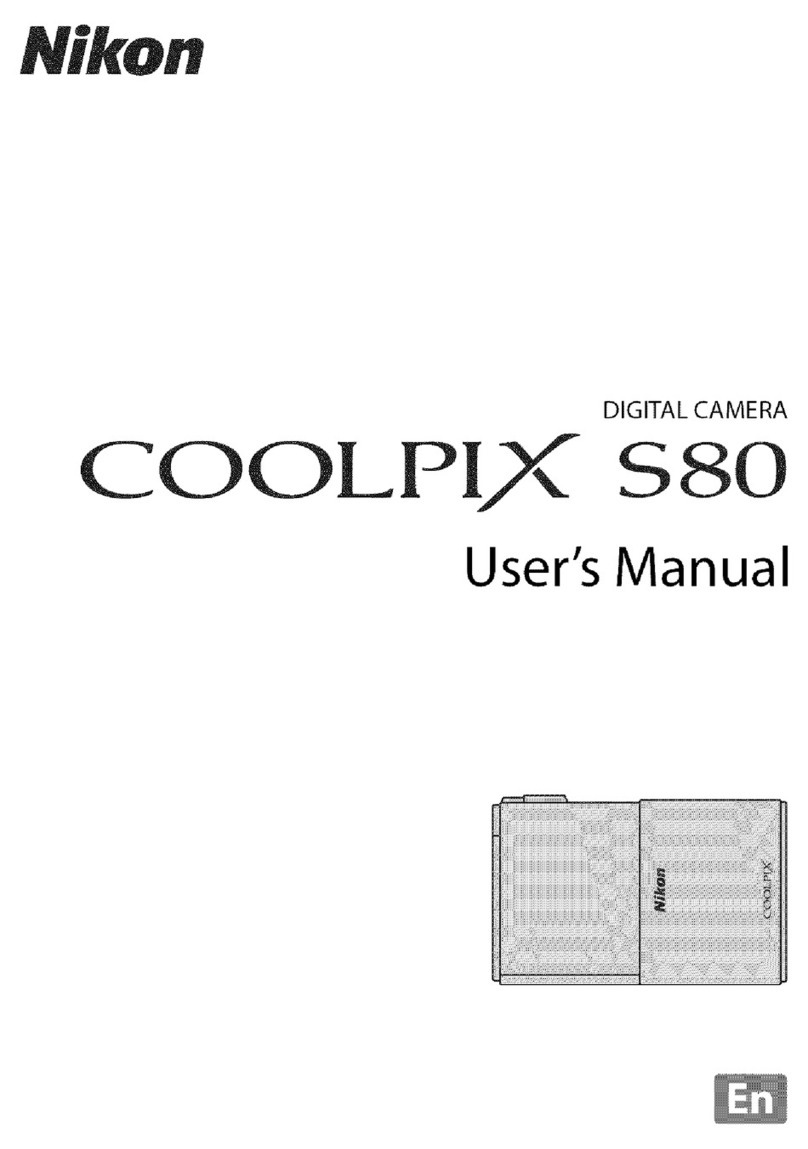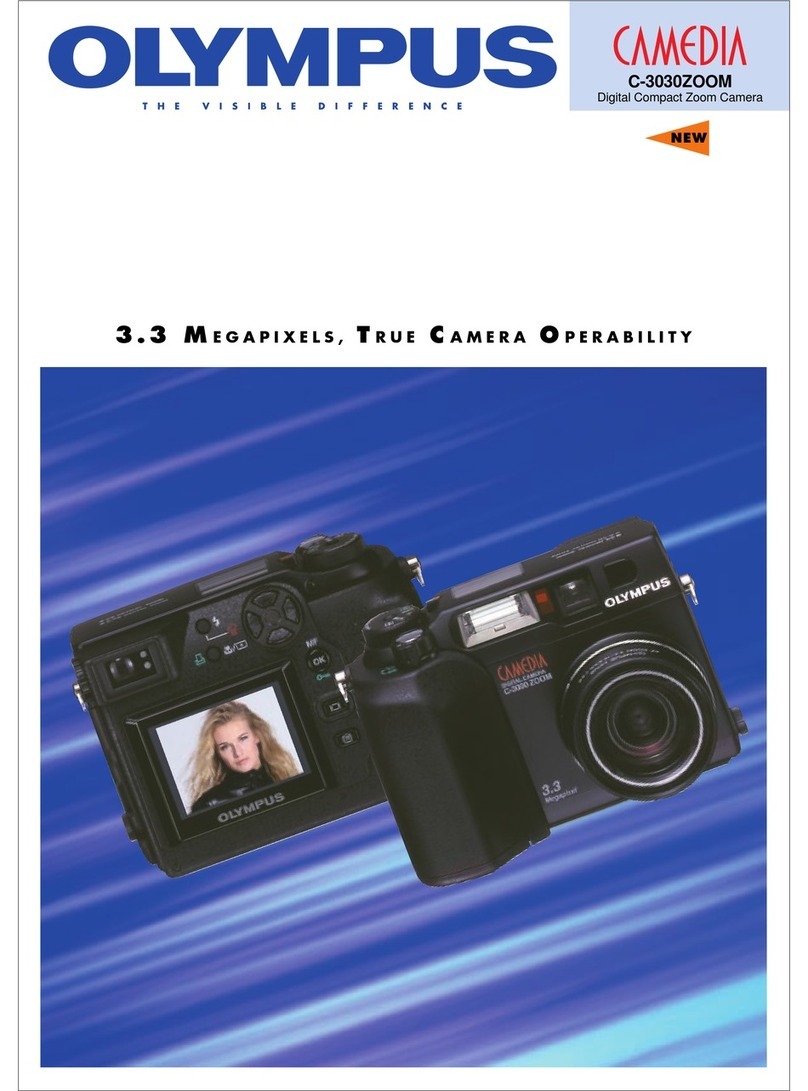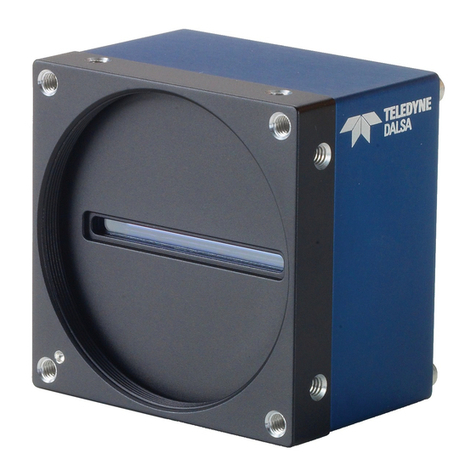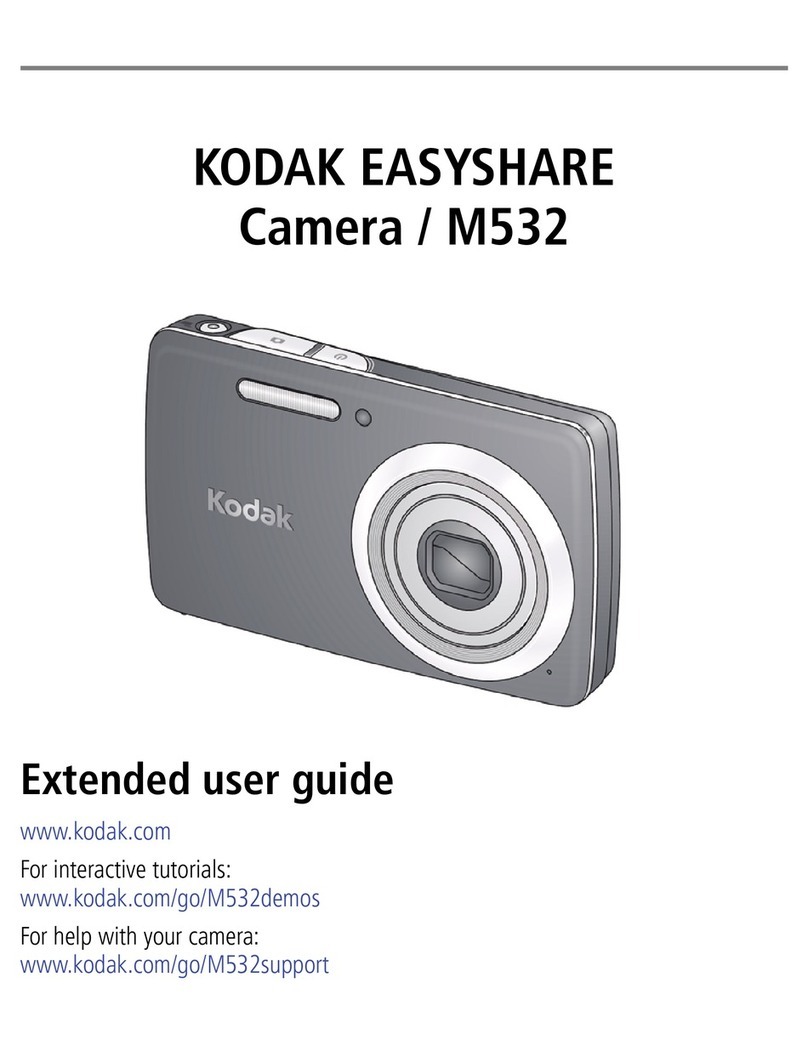
I.
PREPARATIONS
BEFORE
SHOOTING
A. Install the Batteries
1.
Set the power switch to OFF. 0
2.
Squeeze the knurled battery
chamber lid opening buttons
on
either side
of
the motor drive to
open the battery chamber.
0)
3. Insert six AAA·type alkaline·
manganese batteries into the
chamber, following the + and -
battery orientation guide marks
inside the chamber. e
4. Press the battery chamber lid
back until it clicks into place.
Note: When the motor drive is not to
be
used
for
an
extended period. remove the batteries
and
store them separately to prevent battery
leakage from damaging the motordrive.
B. Attach the Motor Drive
to the Camera
1. Confirm that the motor drive's
power switch is set to OFF.
2.
Align the motor drive with the
camera's baseplate, making sure
the motor drive's positioning pin
and attachment screw come into
contact with the camera's motor
drive positioning hole and tripodl
motor·drive coupling socket,
reo
spectively.
CD
3.
Roll the attachment thumb wheel
with your thumb and forefinger to
connect the motor drive and
camera securely, ensuring that
there is no gap between the
motordrive and the camera. 0
Note: For motorized close·up photography
with a
PB
·4, PB·5 or PB·6 Bellows Focusing
Attachment,you must first move the bellows
unit's camera panel to the back of the rail.
Otherwise, you will not
be
able to rotate the
EM
I
MD
·E assembly from the horizontal to
the
vertical
pOSition,
or
vice
versa.
For
fur-
ther details,
see
the instruction manual of
your Nikon Bellows Focusing Attachment.
6
C.
Load the Camera
with Film
1.
Set
the motor drive's power
switch to
ON
.
2. Load film the normal way (refer
to Nikon
EM
's owner's manual). 0
3. Depress the camera's shutter·
release button to advance the
film until the camera's frame
counter indicates 1.
As
the film is
being advanced, the film rewind
knob will rotate
in
the direction
opposite the arrow engraved
on
it
to indicate that the film has
been
properly loaded.
Cit
Manual film loading: Set the motor
drive's power switch to OFF, then ad·
vance the film with the camera's film·
winding lever until the frame counter
indicates 1. For other details
on
film
loading, refer to your camera's
Owner's Manual.
Note: When winding the film with the motor
during film loading, the MD·E motor will
operate continuously if you hold the shutter·
release button down.
Be
sure to release the
button promptly when you reach frame
1.


